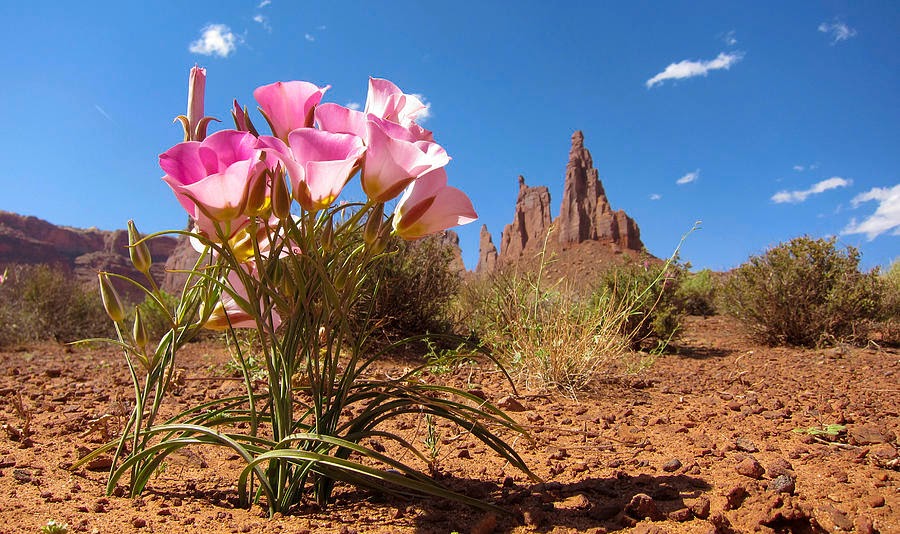R R | Last Updated: July 3, 2014

We began these daily Lent reflections by noting how Lent takes us into a spiritual desert. Biblical people knew all about the desert: Abraham has to cross it to get to the promised land; Moses and the Israelite people have to go through it to get home; Joseph is sent into Egypt and prison before he is ready for his mission; John the Baptist is a voice crying in the desert; Paul goes into the desert of Arabia after meeting the Lord on the road to Damascus. Even Jesus himself spends forty days and nights in the desert before commencing his ministry–the template on which Lent is based.
What does the desert symbolize? A number of things: confrontation with our own sin so as to see our dark side; a deep realization of our dependency upon God; an ordering of our priorities in life; a simplification, a getting back to basics. It means any and all of these things.
However, the desert also symbolizes waiting in anticipation. Desert wanderers are compelled to wait, in a time and place where very little life seems to be on offer, in hope of better things to come.
And it’s precisely in such hopeful deserts that flowers bloom. Moses becomes a great leader; Abraham is the father of many nations; Joseph becomes the savior of his people; John the Baptist is the forerunner of the Messiah; Paul is the apostle to the Gentiles-all of this flowering was made possible by the desert.
So as we near the end of Lent, the end of our desert waiting, and move toward the Holy Triduum, let’s prepare for new flowers to bloom.
“As we near the end of Lent, the end of our desert waiting, let’s prepare for new flowers to bloom.”
– Father Robert Barron



